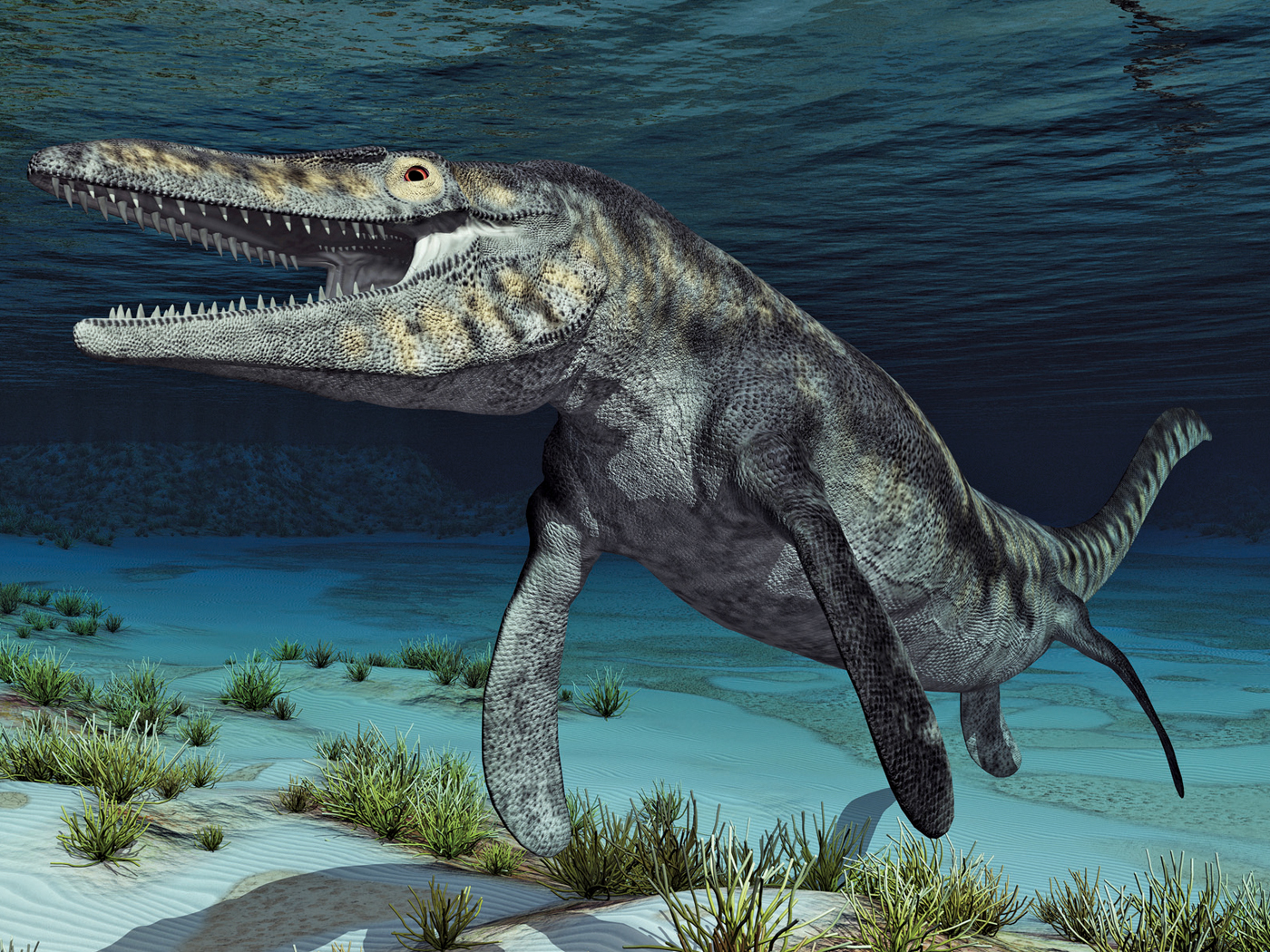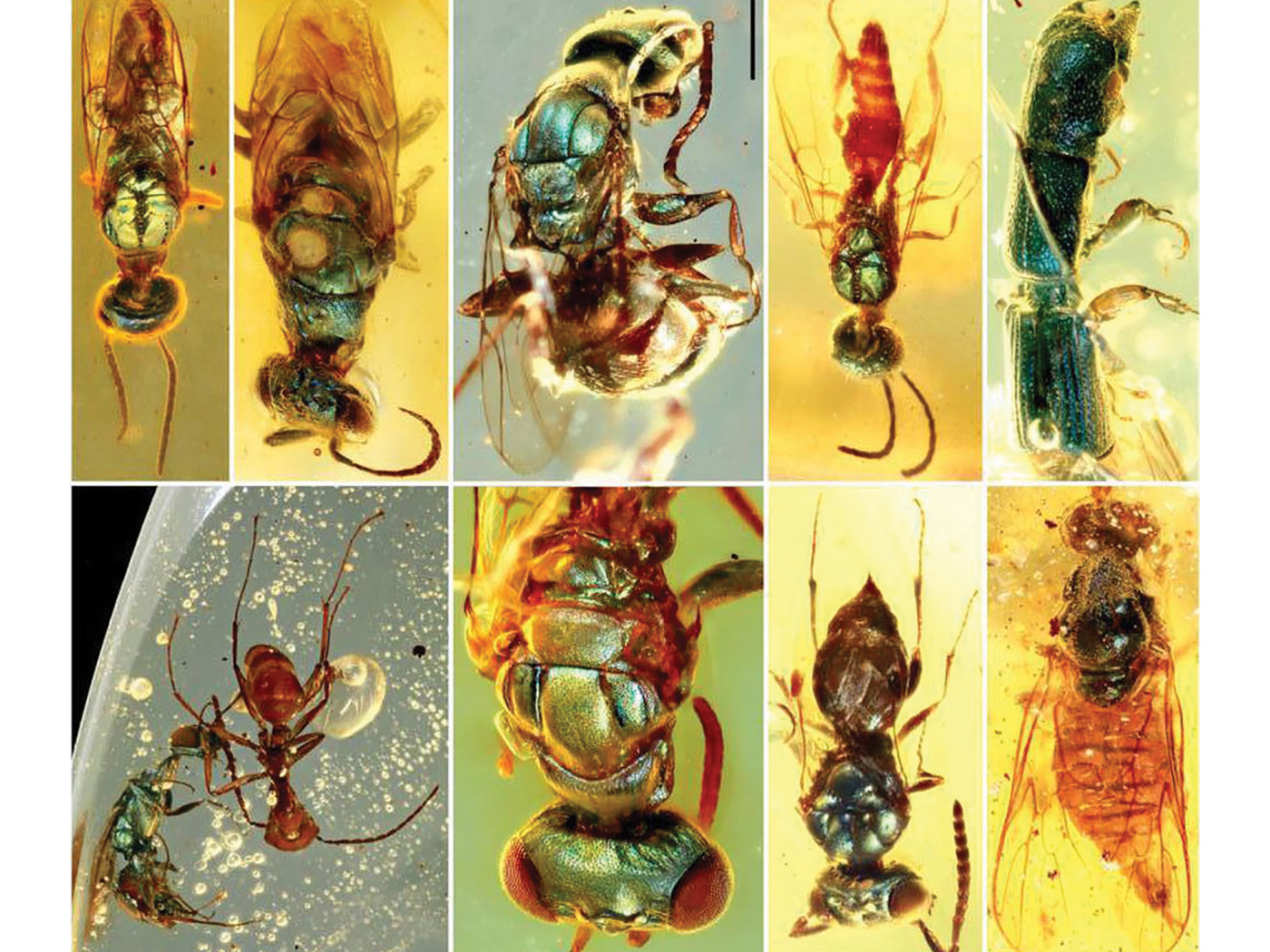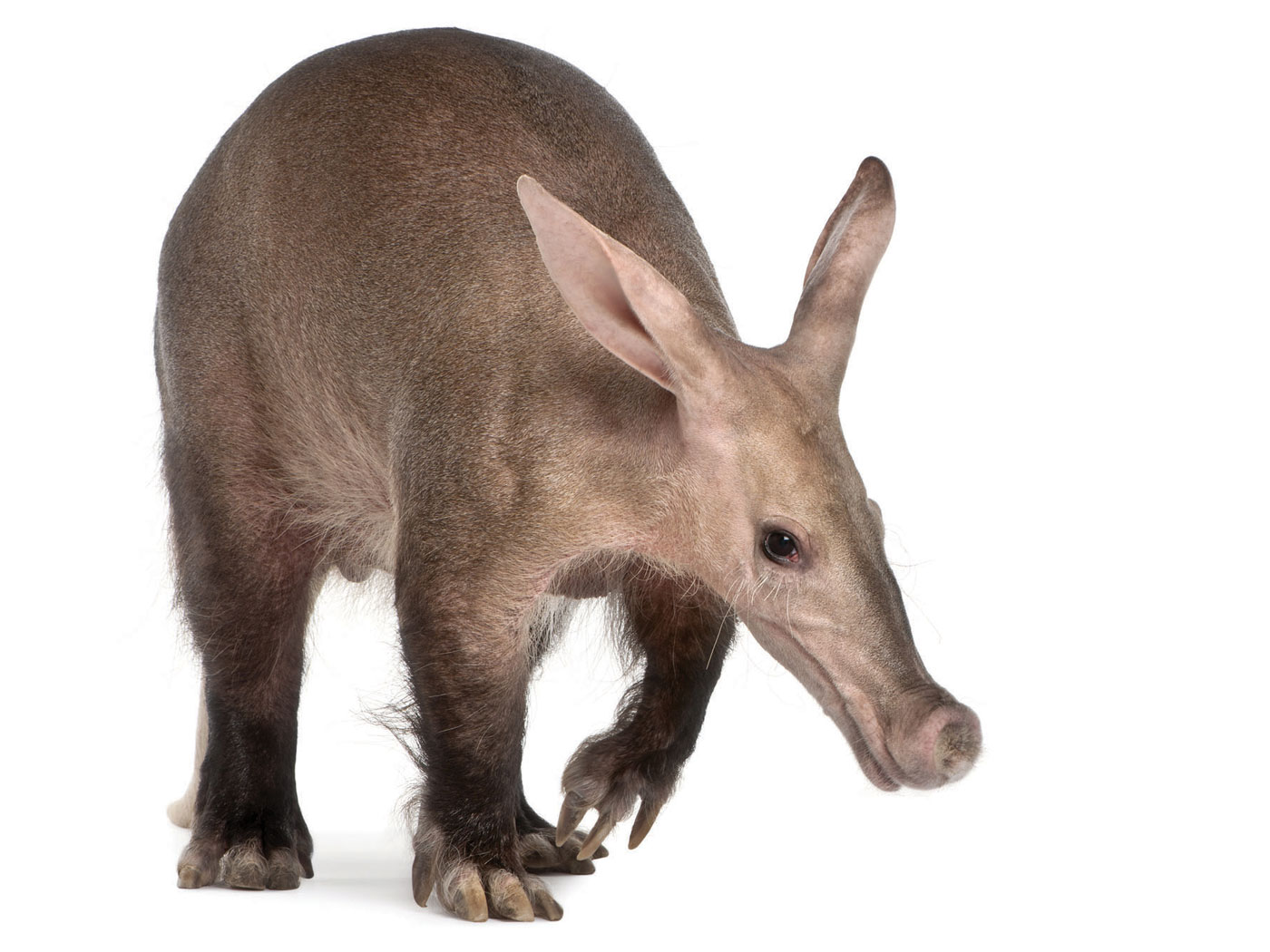A team of evolutionary scientists from the U.S., China, and Canada recently found a complete tiny crab in amber.1 Publishing in Science Advances, the team determined that the specimen was a member of Eubrachyura, a category of “true crabs” based on living animals. Found in Myanmar in rocks claimed to be 99-100 million years old, the crab was smaller than a human fingernail.1 But the big question is this: How did this crab get trapped in amber in the first place?
The remarkable preservation of the crab amazed its discoverers.
“The specimen is spectacular, it is one of a kind. It’s absolutely complete and is not missing a single hair on the body, which is remarkable,” said Javier Luque, lead author of the study and a postdoctoral researcher in the Department of Organismic and Evolutionary Biology at Harvard University.2 Amber from this site in Myanmar has produced many spectacular specimens of land animals, such as insects, spiders, lizards and even birds.2
Since amber comes from tree resin and since trees live on land, finding land animals in amber comes with small surprise. But sea creatures in amber create a conundrum for evolutionary scientists, who tend to prefer mundane rather than catastrophic processes in their explanations. Trees grow on land, so how could this crab become trapped in their resin?
However, marine animals have previously been found in amber from this same site. In 2019, a marine mollusk (ammonite) was identified in amber, leaving the evolutionary community scrambling for explanations.3
Jann Vendetti, a paleontologist for the Natural History Museum of Los Angeles County said at the time, “Oh my gosh—I probably would say that I don’t know how that would happen, because amber is from trees. How is that going to get into a marine environment to entomb a living, moving cephalopod [ammonite]? But I don’t know!”4
In addition to the ammonite, this same amber deposit contained marine ostracods and sea snails.1
Wrong Environment
The evolutionary science team concluded, “Thus, it is likely that C. athanata [the crab’s species] was entombed in a freshwater or brackish setting where resin is exposed to aquatic organisms through variations in water level or winds.”1
But, what does the evidence show? First, similar crabs have been found in rocks claimed to be as old as 110 million years.1 And these other fossil crabs were all interpreted to be marine organisms, not freshwater crabs.1
Second, the gills in the crab in amber are well developed, leaving no room for lung-like structures.1 These observations indicate it lived fully underwater. Furthermore, the amber inside the crab carapace contains pyrite crystals, indicative of sulfate-reducing bacteria.1 These chemical signatures are common in seawater with iron and elevated concentrations of sulfate. These findings are more indicative of seawater.
Wrong Layer
Also, if it really was a freshwater crab, it occurs in the wrong geologic layers. According to evolutionary paleontologists, the crab predates previous freshwater crab fossils by about 50 million years.1
Luque told ZME Science, “In a way, it’s like finding a shrimp in amber. Talk about wrong place, wrong time.”5
All of the evidence points to simple conclusion. This crab was most likely a marine animal and not a freshwater or brackish water crab as the team asserted.
Final Clue
The final clue comes from the amber itself. The amber surrounding the crab contains carbonized wood fibers and insect frass (excrement), indicative of a forest floor environment.1 So, the water-dwelling crab had to somehow be transported to the forest floor where it became trapped in resin.
Perhaps the same colossal flood that washed these marine creatures onto land also ripped apart the trees to cause them to spill so much resin—and to bury that whole forest in sediment.
Conclusion
The tiny crab and the other marine fossils mostly likely were washed ashore during the global Flood by massive tsunami-like waves. They would have transported marine organisms inland and across pre-Flood land surfaces, mixing land and marine fossils together.6
The Flood catastrophe cracks the code of this crab conundrum. Fossil evidence points to a global catastrophe—one that is described in the book of Genesis. Science continually confirms the words of Jesus.
References
1. Luque, J., et al. 2021. Crab in amber reveals an early colonization of nonmarine environments during the Cretaceous. Science Advances. 7: eabj5689.
2. Hunt, K. 2021. Tiny crab preserved in 100-million-year-old amber lived among dinosaurs. CNN World. Posted on CNN.com October 20, 2021, accessed October 22, 2021.
3. Yu, T. et al. 2019. An ammonite trapped in Burmese amber. Proceedings of the National Academy of Science. Posted on pnas.org May 13, 2019, accessed May 15, 2019. doi/10.1073.pnas.1821292116.
4. Greshko, M. 2019. This ancient sea creature fossilized in tree resin. How’d that happen? Posted on news.nationalgeographic.com May 13, 2019, accessed November 11, 2021.
5. Puiu, T. 2021. Amazing 100-million-year-old crab found perfectly preserved in amber. ZME Science. Posted on zmescience.com October 21, 2021, accessed October 25, 2021.
6. In fact, the mixing of land and marine fossils is common globally. See: Clarey, T. 2015. Dinosaurs in Marine Sediments: A Worldwide Phenomenon. Acts & Facts. 44 (6): 16.
Image: C. athanata in amber.
Image Credit: Lida Xing © 2021. Adapted for use in accordance with federal copyright (fair use doctrine) law. Usage by ICR does not imply endorsement of copyright holder.
*Dr. Clarey is Research Scientist at the Institute for Creation Research and earned his doctorate in geology from Western Michigan University.












